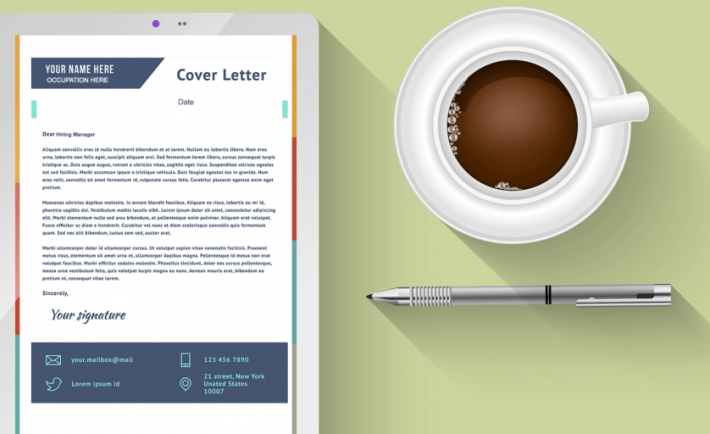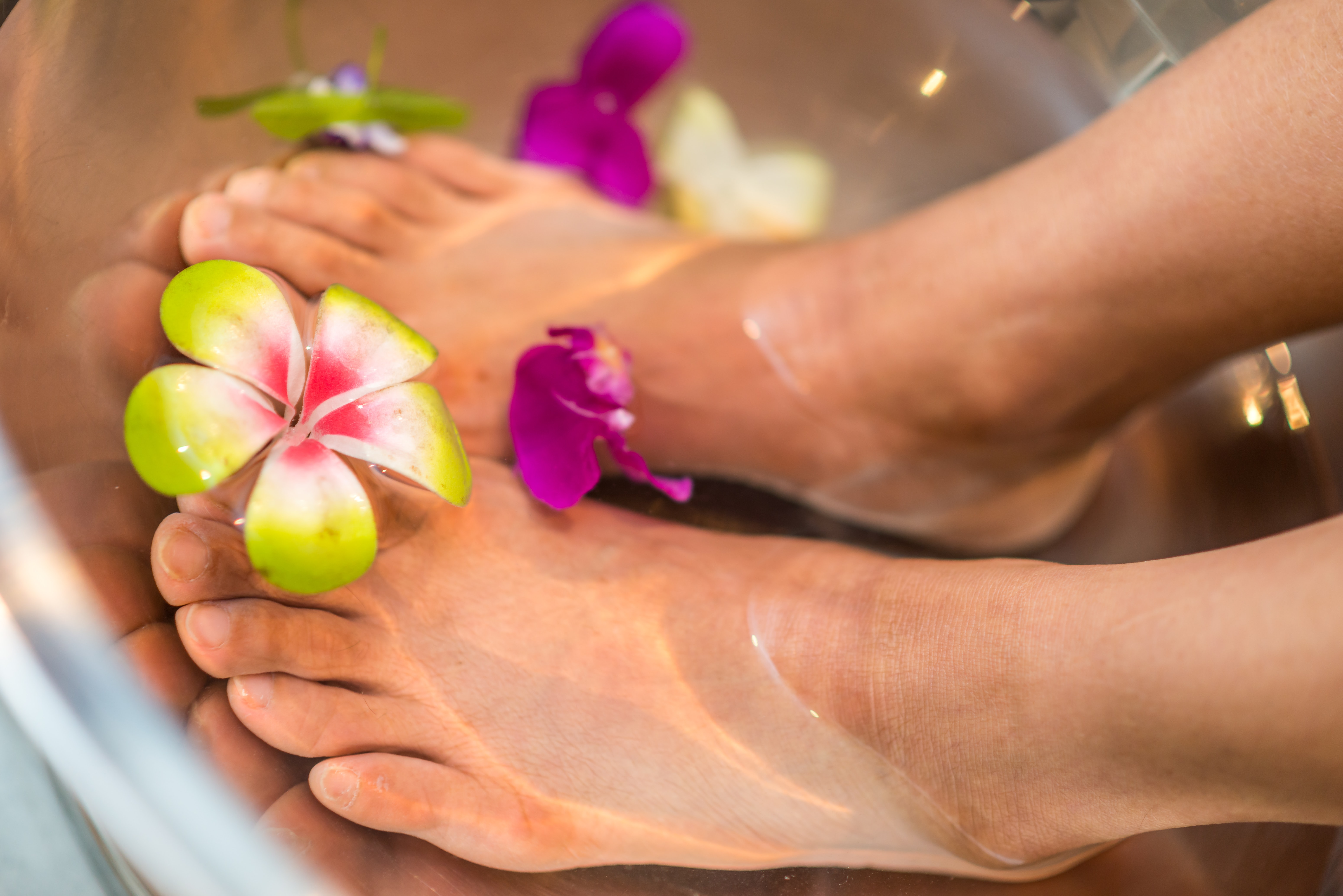When you’re starting a business, one of the most important relationships you will build is with your suppliers.
After all, they’re the ones who will help you get your products to market. But how do you go about building trust with them?
Here’s a step-by-step guide to help you get started.
Establishing a relationship
Suppliers are more likely to trust you if they feel like you’re a company they can do business with long-term. If you can establish a good relationship with them, it will be easier to get the supplies you need in the long run.
Learning your supplier’s T&Cs
Before you even start negotiations, take the time to learn your supplier’s T&Cs.
This document will outline everything from delivery timelines to payment terms, and returns. You must be both on the same page before things get too far along.
By understanding your supplier’s business model, you will be able to better manage your expectations and negotiate. For example, if a supplier is used to dealing with larger businesses, they may not be willing to offer the same terms and conditions to a smaller business. Or, if a supplier is used to longer delivery timelines, you will need to be patient.
Communicating clearly with your supplier(s)

Image Credits: broadcastprome.com
Communication is key. After all, you can’t establish a trusting relationship if you’re not clear about what you need and expect from them.
Here are a few tips for communicating effectively with your suppliers:
- Set expectations early on, and make sure both parties are clear about what’s required. This will help to reduce any guesswork on either side.
- Establish a communication plan, and make sure to speak regularly. This will help keep the lines of communication open and will help ensure that both parties are always up-to-date on the latest developments.
- Articulate openly and honestly, and be prepared to listen to your supplier’s feedback. This will help foster a trusting relationship in which both parties feel comfortable sharing information and working together for the benefit of everyone.
Effective use of data to optimize your supply chain
If you want to optimize your supply chain, you need to make sure that your data is in good shape. This means having a system in place to track your supplier relationships, so you can see what’s working and what’s not.
There are a few different ways you can use data to optimize your supply chain:
- Find new suppliers who might be a better fit for your needs.
- Negotiate better terms with your suppliers, based on their performance.
- Track the performance of your current suppliers, so you can see which ones are meeting your expectations and which ones are falling short.
When it comes to building trust with your suppliers, there are a few key things to keep in mind. By following the abovementioned simple steps, you can develop a strong relationship with your suppliers and ensure that you’re getting the best possible products and services to keep your business up and running.










